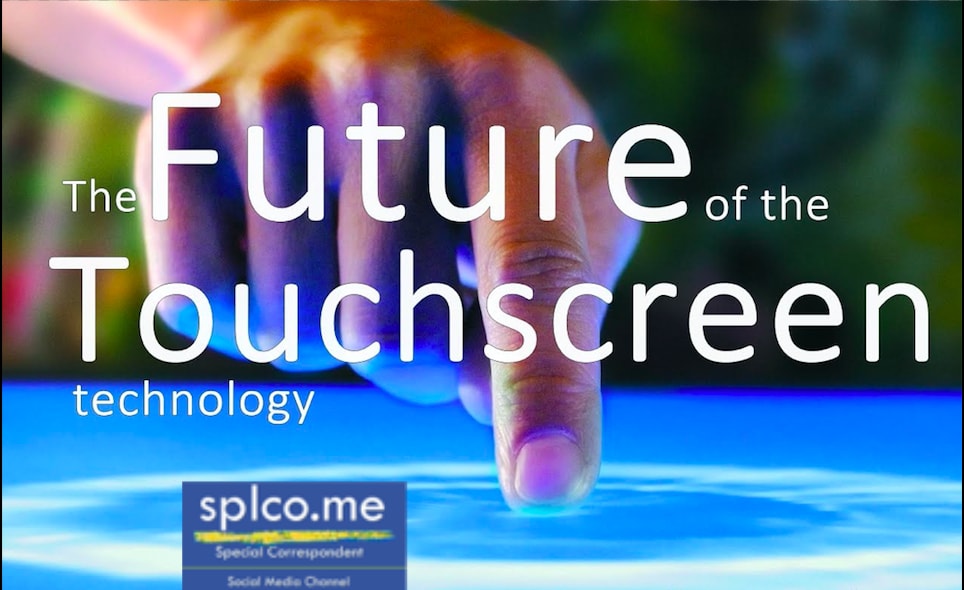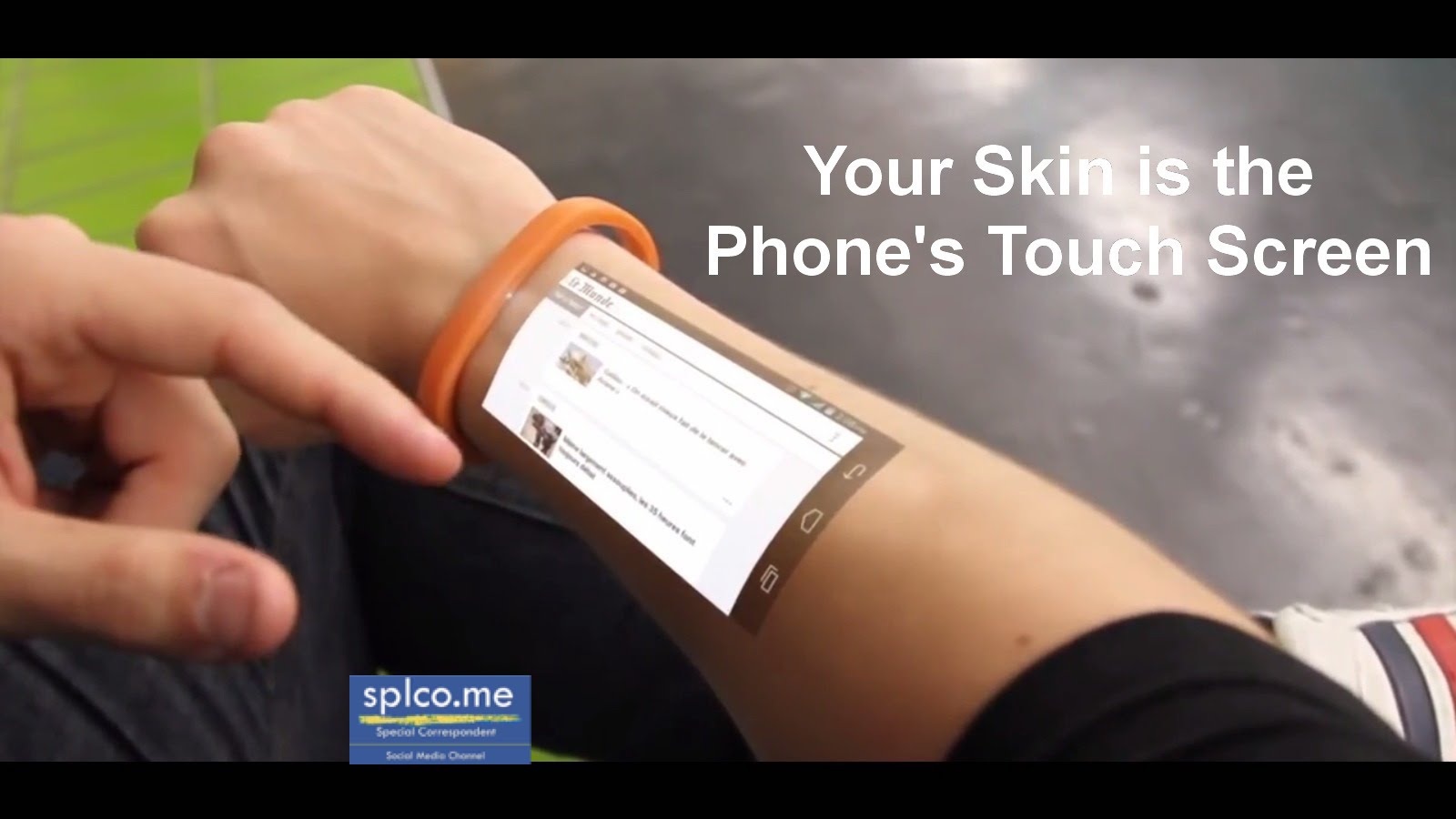LCDs and OLEDs AMOLEDs are the leading mobile display technologies. The technologies are significantly different and each one has its own inherent strengths.
OLED (organic light emitting diode) technology consists of an organic compound that when put to a charge creates light. Each pixel in an OLED TV is lit separately.
Wheras AMOLED, which stands for Active Matrix OLED, is a hybrid display technology that pairs the active matrix backplane from a traditional TFT display with an OLED display. As a result of their active matrix natures, AMOLED displays have faster pixel switching response times than do traditional OLED displays, which are prone to ghosting when displaying fast moving animations.

The essential difference between an LCD screen and an AMOLED one is the presence of a backlight. The LCD screens phones have a backlight that's always shining behind the screen. AMOLED screens, however, don't need this additional layer; the pixels that make up the images on the screen light up whenever electricity passes through them.
AMOLED screens can be very thin, which means you can make thinner products. They also naturally provide more vivid colors, which is a reason that television makers have been pushing OLED in its various forms for their big screens.
Mobile giant Apple’s iPhone still stick with HD LCD where as SAMSUNGs LGs and few other brands boost they got AMOLED this raises interesting question why hasn't Apple switched to AMOLED yet?
LCD screens have their own advantages, of course, otherwise Apple wouldn't have stuck with them for so long. In general, they produce truer-to-life colors than AMOLED screens. They also tend to be easier to see in direct sunlight than AMOLED screens, and are brighter overall thanks to the backlight.
LCD screens are also easier to see from multiple angles than AMOLED-screen smartphones - although it can depend on the device and It's also not that easy to make the complex AMOLED screens, particularly on the scale that Apple makes iPhones LCDs.
To clarify this we got to digest the fact there are currently only two companies capable to produce RGB-OLED Displays in large volume, and that's Samsung (calling them “AMOLED”)
Where as LG and Apple gadgets use POLED technology that is A RGB-OLED panel based on plastic (instead of glass) for reduced thickness and weight, used in wearables like the Apple Watch and LG’s Android Wear watches.
It is true LG Patented WOLED Technology basically an OLED display with very high color-accuracy and contrast, based on a completely different approach, and used in LG’s OLED TVs.
Social media and streaming services are now some of the biggest reasons we use our smartphones , so Including the advantage apple touch screen inherent presently It is widely rumoured iPhone 8 series going to switch to AMOLED screens if done then that boast even greater control over each individual pixel - which means better contrast for the viewer. In certain situations, these screens can also improve battery life.
Because there's no backlight, AMOLED screens can be more energy-efficient when the user is viewing darker subjects, allowing the phone to shut off pixels and stop drawing power. Today generation that uses phone to shoot more photos and HD videos for longer time need also thus can be catered.
As touch screen technology progress it is not far to see our skins may end as touch screen..
your reviews / critics are valuable to us . your news making skills can also be jointly done in our novel unique social media news making platform kindly get in touch with our team who vows to bring news told in its pure kind from splco Social Media channel for deserved people.


Comments
Comment on this article: